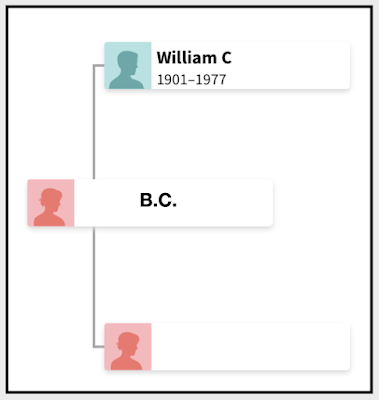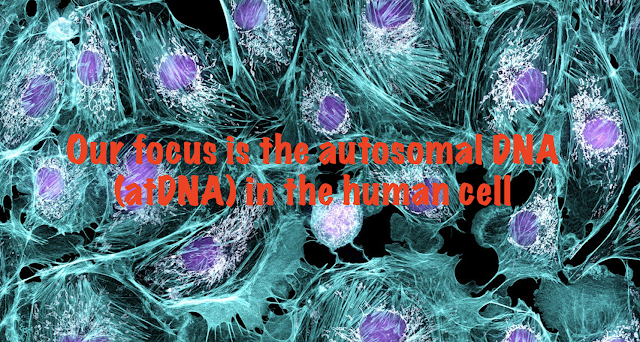MODULE 3: Three ways to add a "hanging branch" to your Ancestry tree
NOTE - Ancestry images in this blog are not current but the process is the same.
To get the best out of my family history research, including DNA, I have a deep and broad public tree at Ancestry. There are currently over 15,000 people in my tree and many are "hanging branches". My tree is named as a "DNA Research Tree". The tree overview reads-
"A working tree full of branches and twigs used to research my family with as much evidence as possible. If you have any questions or issues with what I've recorded, please contact me through Ancestry or at email[at]gmail[dot]com. Happy researching!"
Many people choose to make their Ancestry trees private, searchable or unsearchable. While experienced researchers know how to navigate through private, searchable trees, remember that most of your "DNA cousins" are inexperienced. Some researchers choose to have a public tree containing just their ancestral pedigree back to great-great-grandparents. Whichever way you go, ensure that the AncestryDNA tests you manage are attached to a searchable tree either public or private.
Who do I include in my Ancestry tree?
- Naturally, I have a genetic or family relationship with most of the people in my tree - full, half and step relationships and by marriage.
- "DNA cousins" that I'm researching for myself and the DNA tests I manage are all in there. If I know the connection between the "DNA cousins" and tester, the tags are used to record DNA match, DNA Connection and Common Ancestor. If the connection isn't known, the "DNA cousin" is still in the tree as a "hanging branch" and tagged as a DNA Match. Regardless of the testing site where we match the "DNA cousin", if I'm researching them, they're in my Ancestry tree.
- I have hanging branches for many of my research interests including-
- those who migrated from The Rhine to New South Wales and Queensland from the late 1840s to 1850s like my great-great-grandparents, Anton and Margaretha Gersbach,
- the Irish "famine girls" who arrived in New South Wales on the Digby with my great-great-grandmother, Jane Feeney, and those who lived in Port Macquarie and
- the Australian servicemen buried in the cemetery in the small Danish town where my great-great-grandfather, Peter Benson Lutge, was born.
Three ways of starting "hanging branch" at Ancestry
- Saving a profile from one Ancestry tree to another
- Using a record to add a new person to your Ancestry tree
- Adding a new person to your Ancestry tree
Saving a profile from one Ancestry tree to another
Since Heather C introduced me to this technique a few months ago, it's become my preferred method of creating a "hanging branch" for a "DNA cousin" in my tree. Of course, you can use the same process to add anyone to your tree.
It's best explained with an example. I have a match with "B.C." of 49cM over 5 segments at AncestryDNA. She only has two people in her tree. So I decide to create a "hanging branch" to see if I can find our common ancestors.
I decide to add William C's profile to my tree to create the "hanging branch" by opening his profile in B.C.'s tree and selecting +Save to tree from the drop down Tools menu.
This allows me to-
- select a tree in my Ancestry account that the profile is to be saved to and
- choose whether to add to an existing person or add a new person to the selected tree.
So here's William in my tree. All that remains is to find evidence of William's birth and death along with the name of B.C.'s mother if possible. B.C. is added as my "DNA cousin". The research can then commence to find our common ancestors.
This paid off. B.C. is my third cousin once removed on her paternal line. Her branch is no longer hanging but very much attached to my large, public tree.
Using a record to add a new person to your Ancestry tree
Thanks to Vicki H for introducing me to this approach. Here's a great blog post from the South King County Genealogy Society that describes the process for using a record at Ancestry to add a new person to your Ancestry tree-
Adding a new person to your Ancestry tree
We add people to our Ancestry tree all the time when we know their spouse, mother, father, child and/or sibling. But what if we don't know how the person is related to anyone in our tree. It's easy-












